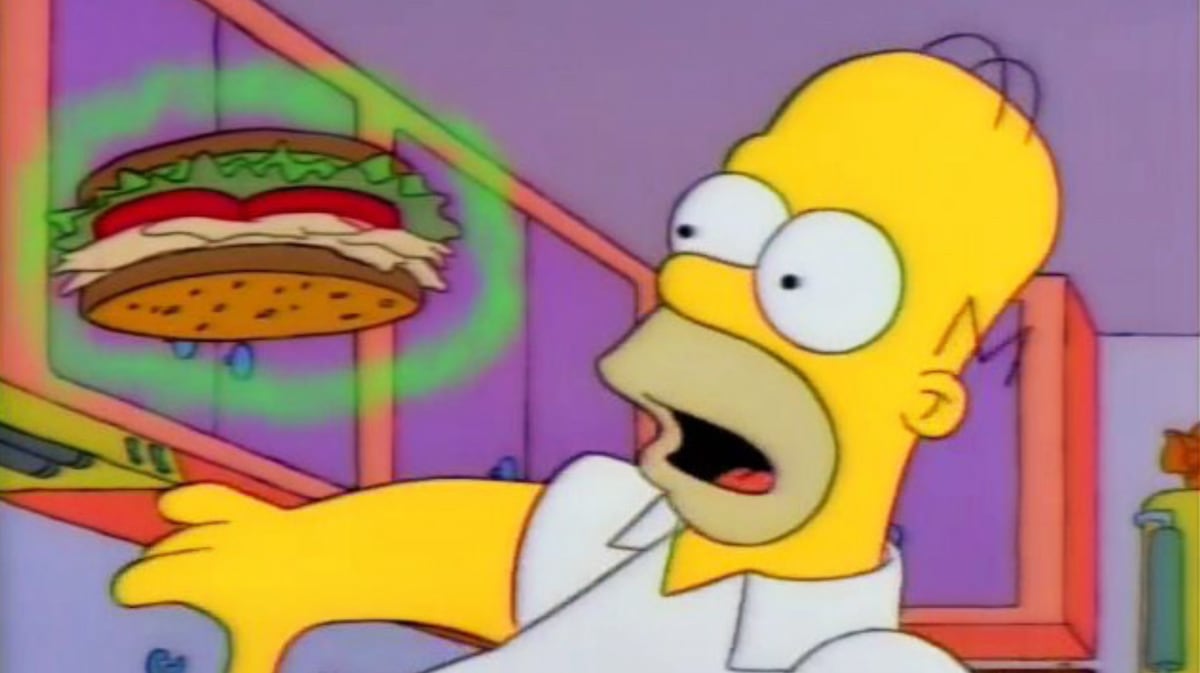sandwich theory | science game

Regarding the 21-card math trick suggested last week, David Fernandez comments: “The best way to solve a magician’s math tricks is to do it yourself. In the case of the 21 cards, the magician always does the same thing on each iteration, he deals them one by one. The other is on three piles of 7 cards and places the pile where the card is in the middle, i.e. it always applies the same transformation or function to the position of the character. If there is a position, applied to the function, gives
As a result of the same situation, the magician can guess the card. Perhaps it is easier to notice if the magician uses 27 cards in 3 piles of 9 cards.” And Luca Tanganelli adds: “Yes, the magician actually places the card in position 3⁰ + 3¹ + 3² = 13. In the first order, he decides the remainder of his final position by dividing by 3. In the second order, he decides the scale 9, and in the third order he completes the final position.”
I invite readers and seasoned readers to analyze this trick/algorithm with a different number of cards. It can be an excellent exercise, very educational, to do with children.
For his part, the more technical Francisco Montesinos comments: “Saying that the magician deals with 3 permutations of the symmetric set S9 so that its product is the identity does not say much. If i = p3.p2.p1, where any substitution can be decomposed into a product Transpositions, if we can parse p1, p2 and p3 correctly as a result of the transfers and the processor number is really working (which I have doubts about) it will look as if the transfers are cancelled, two by two, until the initial identity is really obtained” .
Legal skepticism (you always have to suspect witches), but the trick – the algorithm – works, and it’s easy to check by doing the maneuver several times.
Theory with the most nouns
In recent weeks, some readers have raised questions regarding sandwich theorem, also known as imputation theorem, interpolation theorem, implied function theory, constriction theory, implication theorem, boundary theory, stress theory, major and minor functions theorem, thief and conditional theorem, sandwich theorem or Comparative Theory (and I’m sure I’ll leave a name out).
This theorem states that if two functions have the same term, then any function that can be restricted will also have the same term.
A common graphic way of expressing the idea, which is what gave the theory its name, is that if we want to share a ham and cheese sandwich equally between two people, we can always split it, in one fell swoop, into two portions containing the same amount of bread, cheese, and ham, even if The initial distribution of components is heterogeneous.
A rigorous proof of the theorem is not difficult, but it is long and cumbersome, so, in order to get to work, I propose a simpler version:
On a blank page or blank sheet of paper, draw any closed line and then draw a line that divides both the page and the surface around the line into two equal parts. Show that it is always possible to do this, regardless of the size and shape of the figure drawn (or find one in which this division is not possible)
You can follow issue in FacebookAnd the Twitter And the Instagramor sign up here to receive Weekly newsletter.

“Award-winning zombie scholar. Music practitioner. Food expert. Troublemaker.”


/cloudfront-eu-central-1.images.arcpublishing.com/prisa/AHVYMMDSTZDTDBFNZ3LMFUOKNE.jpg)








